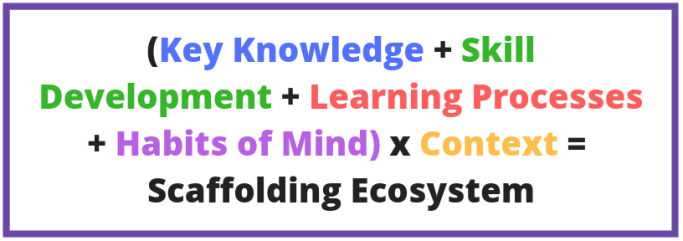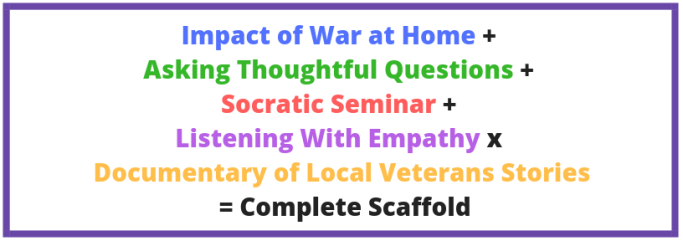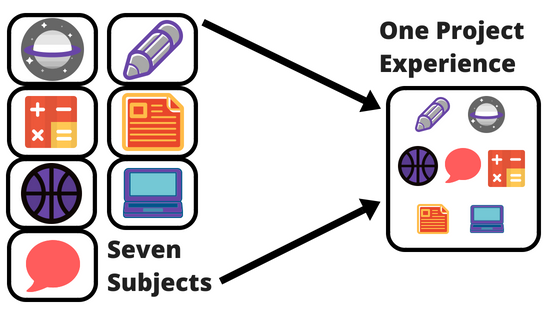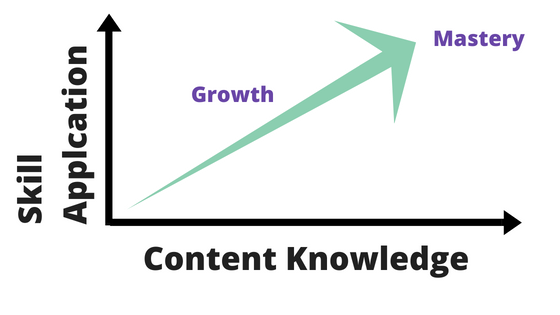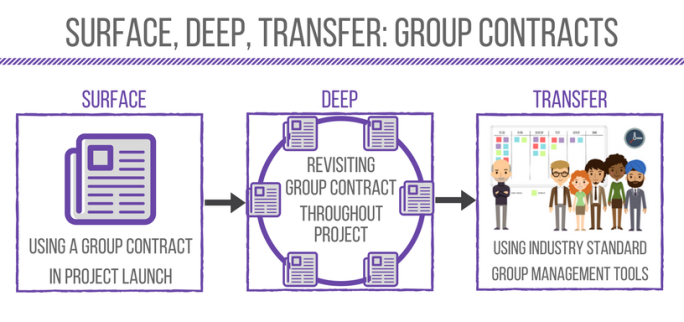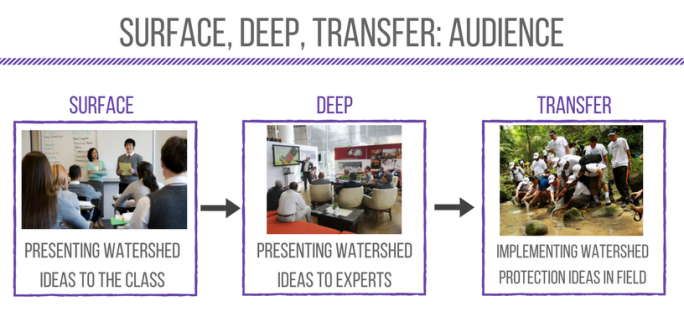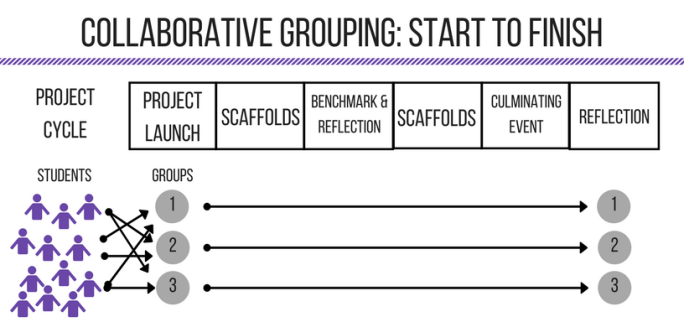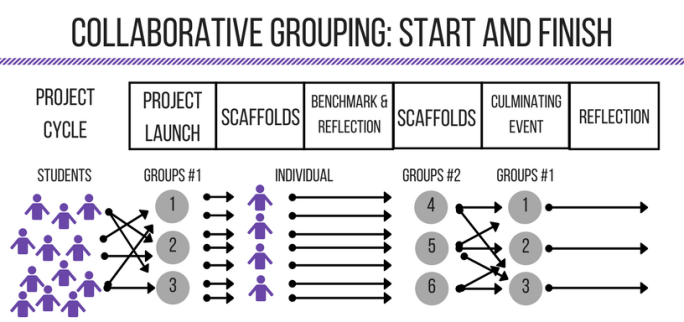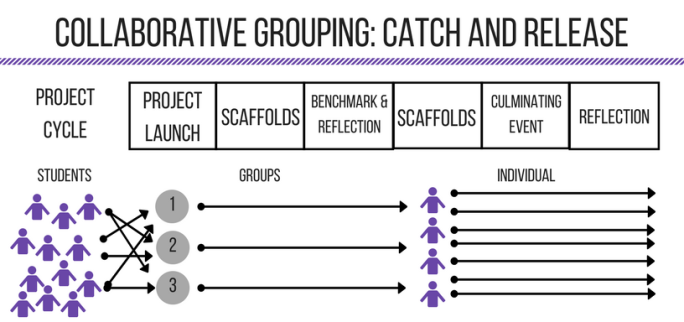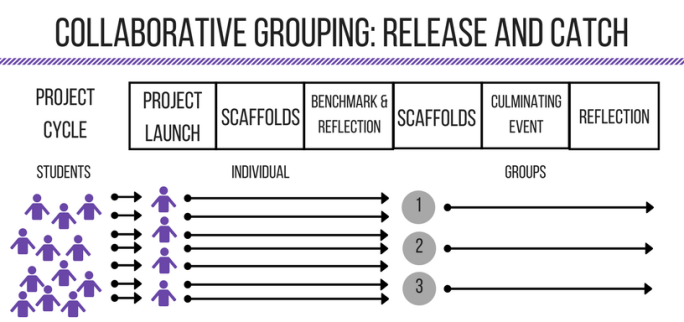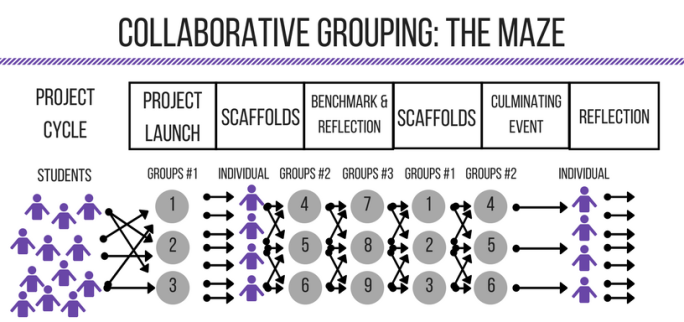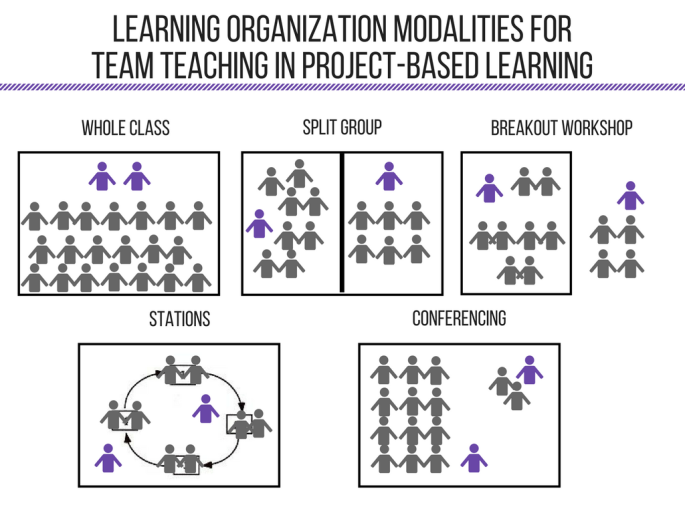I recently heard a missionary share a story about traps that correlated directly to how a school culture works. Often many times, we confuse tradition (Friday night lights) with culture (the lifeblood of a school) and the story resonated with me about how we must be constant in our protection and enhancement of that culture. In the story, there were five traps identified that we must pay attention to:
Trap #1: The Common
At New Tech High, we fall back on three simple cultural principles – trust, respect, and responsibility. However, 20+ years of something so simple can make it too common. We become so familiar with the concepts that drive our culture, that it can actually paralyze us from moving it forward. We hear the same words over and over, but struggle to actualize them in our day to day lives.
- Tip for Trap #1: When culture becomes common, identifying potential external metrics to measure the culture against can become pivotal.
Trap #2: Conceit
Many times when thinking about culture, we can become spoiled. We can become our own worst enemies or we forget how special of a place that our school actually is. When the trap of conceit comes into play, it can cripple the whole ecosystems ability to get out of its own way.
- Tip for Trap #2: Keep It Simple Stupid. Many times, when it comes to conceit, identifying a couple very small distinguishing elements of a culture and highlighting them can reinvigorate the whole school.
Trap #3: Complacent
Trap #3 is all about two facets: becoming too comfortable or thinking that’s not my problem. This comfort or putting our hands up can cause the culture to become stagnate. Little things like cleaning up after ourselves or respecting others belongings can begin to be chipped away at over time.
- Tip for Trap #3: Identify a way to build collective capacity in the whole group. A “Say Something, Do Something” campaign around a specific cultural topic can bring a whole group together and create opportunities for stakeholders to step up.
Trap #4: Coldness
For a lot of students and staff in schools, it is easier to follow at a distance. This feeling of coldness can cause many members of the culture to disengage. On both ends of the spectrum, both cultural stewards and cultural nomads, feel isolated and that their impact is minimized.
- Tip for Trap #4: Consider setting up cultural entry points for all students. It is really easy for students that live the culture to feel like others won’t listen to them and give up and for students that don’t understand the culture to not be able to grasp it and not engage.
Trap #5: The Challenge
Helping students or staff find their cultural flow is how to best optimize the collective agency of the group. When students or staff don’t feel challenged or don’t have the skillset, it is easy for them to look for conflicting challenges to hitch their wagon too.
- Tip for Trap #5: Create multiple cultural temperature checks throughout the year. Whether it be through activities, lessons, or collecting data, these checkpoints can help you modify the challenge that is present for students to engage in.
Culture Is In Our DNA
No matter how we view school culture, two things are apparent:
- We must start getting more students to recognize that school isn’t just a place they go, but that it’s a part of who they are.
- We must acknowledge that each individual part is important, but that no individual part is better than the whole.
Not all five traps are present at all times for all stakeholders. Can you identify what trap you struggle with the most? I challenge you tomorrow to hit that trap head-on and explore ways your individual part can make the whole culture a better place.
Riley

